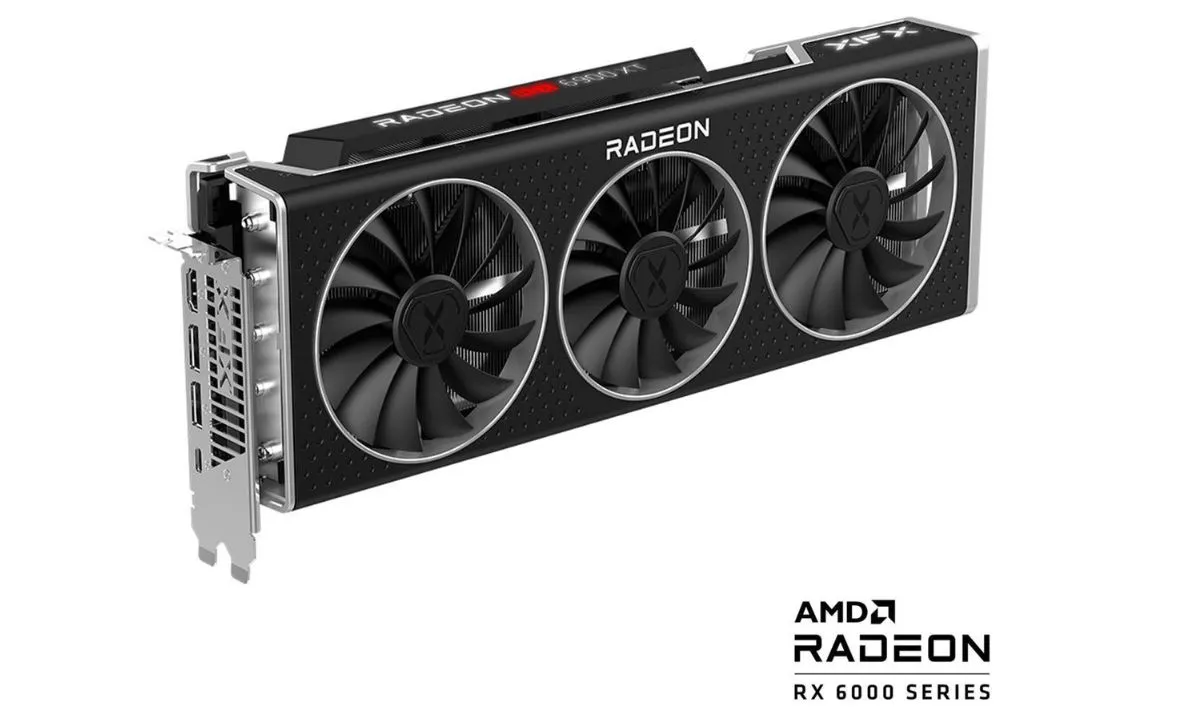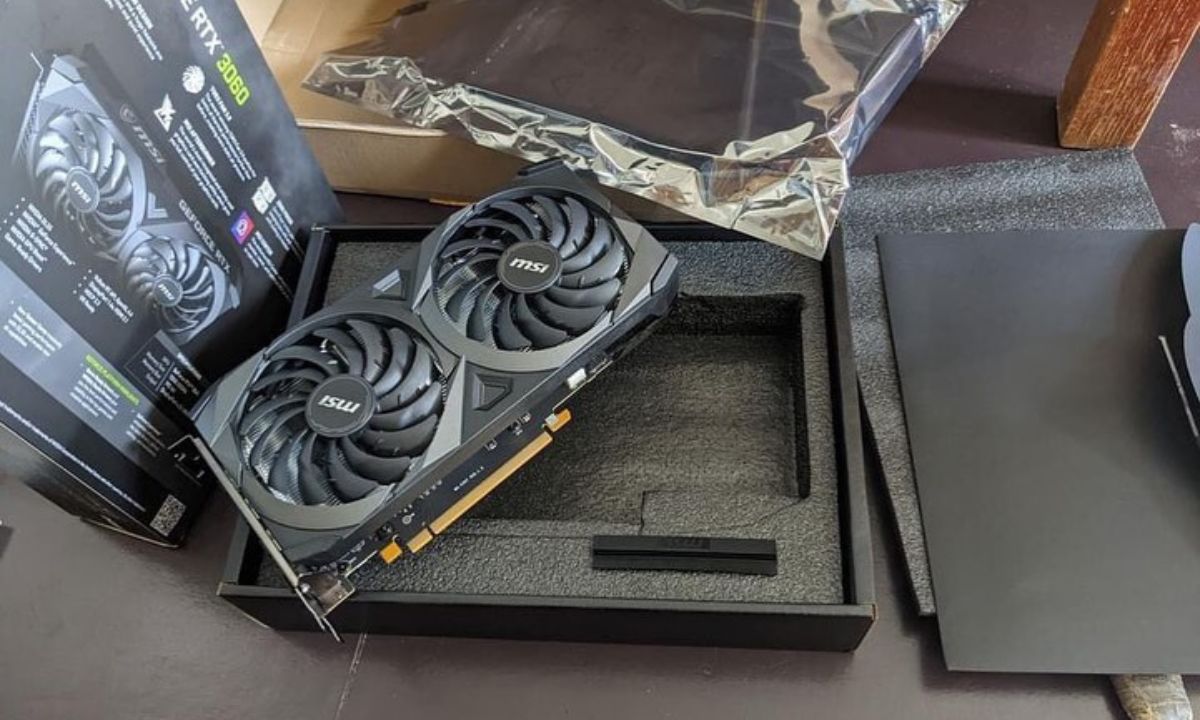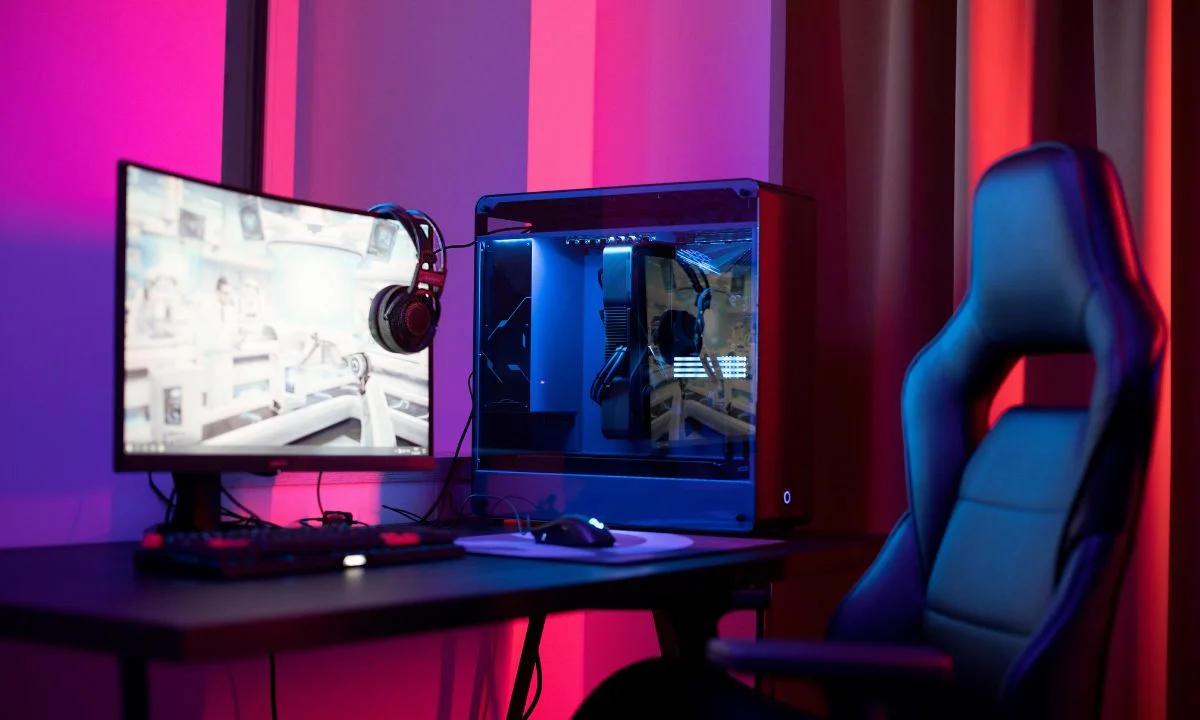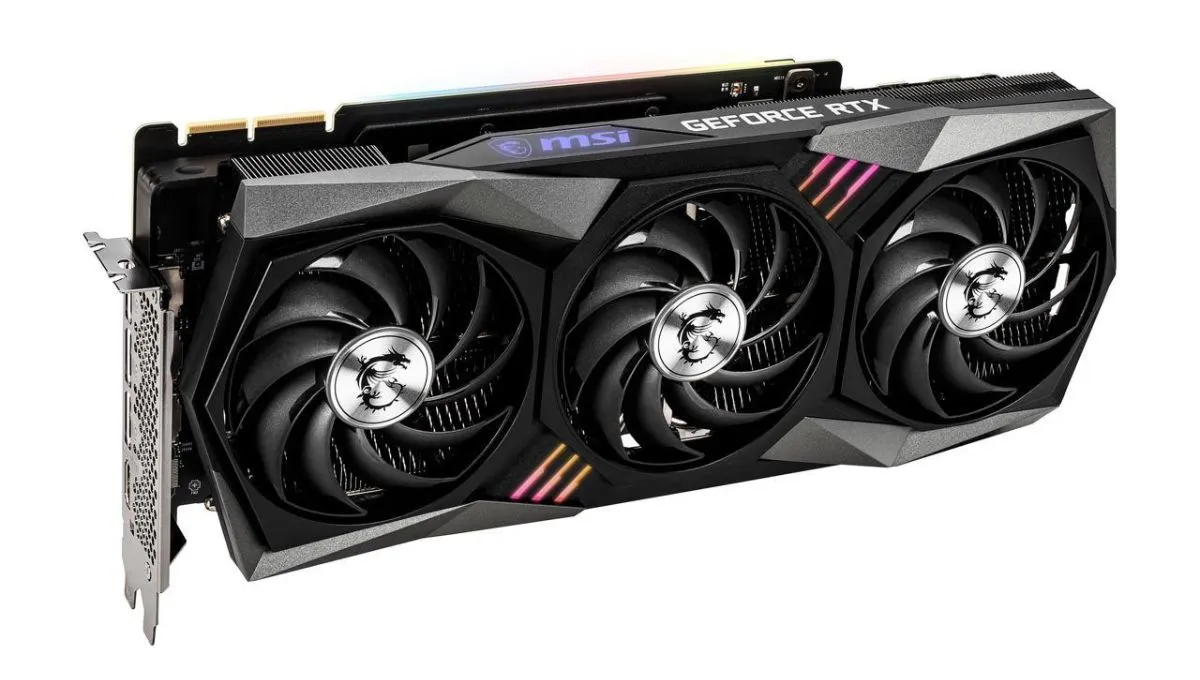The Intel Core i5-13600KF is Intel’s high-end gaming processor based on the 13th-generation Raptor Lake architecture. Featuring 14 cores and 20 threads with a 3.5GHz base and 5.1GHz boost clock, it delivers exceptional performance across multi-threaded and single-threaded workloads. In this article, we will evaluate the top graphics cards from AMD and NVIDIA to determine the best GPU for Core i5 13600KF.
However, the i5-13600KF does not include an integrated graphics processor. So it requires a dedicated discrete graphics card to handle GPU-intensive tasks like modern gaming. With 14 cores and 20 threads, the 13600KF is more than capable of pushing high frame rates. But to fully unlock its gaming potential and take advantage of cutting-edge graphics technologies, it needs to be paired with a powerful and well-suited GPU. If you want to know the best GPU for i5 12400F, you can take a quick peek at our article.
The GPU market currently offers compelling options from both NVIDIA and AMD in their latest series. NVIDIA launched their RTX 4000 series featuring the new Ada Lovelace architecture with huge leaps in performance and features over previous generations. Meanwhile, AMD’s recent RDNA3-based Radeon RX 7000 lineup provides a capable alternative with cutting-edge technologies of their own. Both lineups introduce revolutionary technologies like Ray Tracing, DLSS, and FSR to deliver state-of-the-art eye candy and exceptional gaming experiences.
Best GPU for i5 13600KF Summary
| Image | Model | Price |
|---|---|---|
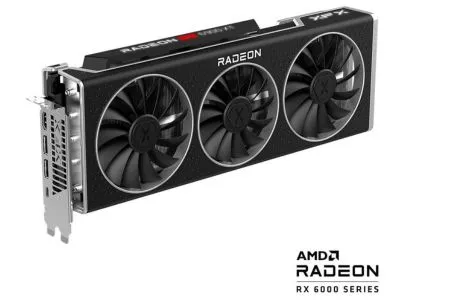
|
XFX Speedster MERC319 RX 6900 XT Limited Black | See on Amazon |
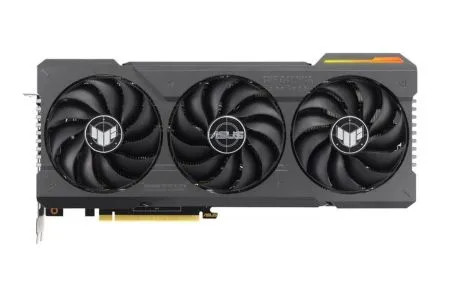
|
ASUS TUF RTX 4070 Ti GAMING OC | See on Amazon |
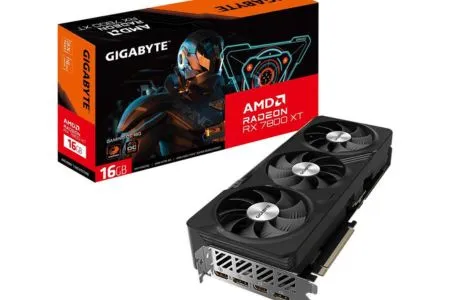
|
GIGABYTE RX 7800 XT GAMING OC | See on Amazon |
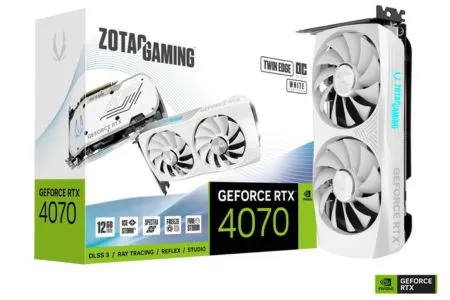
|
ZOTAC RTX 4070 Twin Edge OC White Edition | See on Amazon |
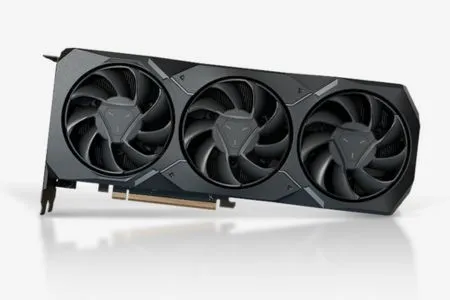
|
Sapphire Radeon RX 7900 XT | See on Amazon |
Best GPU for i5 13600KF Review
XFX Speedster MERC319 RX 6900 XT Limited Black
REASONS TO BUY
✓ Strong 1440P and 4K Performance
✓ Future-Proof Specs
✓ Capable cooling solution
✓ Ample VRAM
REASONS TO AVOID
✗ Power Hungry
✗ Large size and weight
The AMD Radeon RX 6900 XT has proven to be one of the strongest graphics cards for 1440p and 4K gaming since its release in 2020. Now in 2024, with newer CPUs like the Intel Core i5-13600KF hitting the market, many gamers are looking for the best graphics card to pair with it. While Nvidia’s RTX 40 series offers impressive ray tracing performance, raw gaming power remains with AMD’s `Big Navi' lineup. Among the various custom models available, the XFX Speedster MERC319 RX 6900 XT Limited Black stands out as the perfect GPU for the i5-13600KF.
The XFX model packs AMD’s full Navi 21 XTXH GPU with 5120 stream processors and 16GB of GDDR6 memory. Right out of the box, it boasts a game clock of 2325MHz and a boost clock of 2495MHz, both considerable overclock over the reference spec. This provides a substantial performance bump over the base RX 6900 XT. With 16GB of VRAM, it also has ample headroom for textures and frames at high resolutions. The card stays cool and quiet under load thanks to XFX’s large triple-fan Merc 319 cooler with a 13.4-inch frame. It delivers excellent thermals even during long gaming sessions. If you are considering to upgrade to an i9 processor, take a look at the best GPU for i9 12900KF.
Featuring PCIe Gen4 support, the RX 6900 XT paired with the PCIe Gen5 ready i5-13600KF unleashes the full bandwidth of the GPU. In games, this translates to blistering fast frame rates. Popular titles like God of War, Cyberpunk 2077, and Microsoft Flight Simulator see well over 100fps at 1440p maximum settings. Even complex games like Red Dead Redemption 2 and Dying Light 2 manage comfortably above 60fps. The added horsepower from the overclocked XFX model also helps it maintain rates above 60fps in many 4K titles. With AMD FidelityFX tools, image quality remains top-notch regardless of resolution.
Being an AMD GPU, it also brings strong support for lower-level APIs like Vulkan which are optimized for multi-threading. This plays well to the strengths of Intel’s latest P-core designs. On multi-core intensive workloads, both the CPU and GPU can stretch their legs. Productivity apps see a noticeable boost compared to previous-generation CPUs as well. Content creators benefit from the GPU-accelerated encoding and effects. Creators can focus on their work without worrying about hardware bottlenecks.
At its current retail price, the XFX Speedster MERC319 offers unmatched performance and hardware longevity. Discrete graphics of this caliber are usually reserved for high-end builds, but paired with the capable i5-13600KF, it represents outstanding value for money. Gamers seeking smooth, maxed-out 1440p and future-proofed 4K performance need look no further. Whether for gaming or creative work, this AMD GPU is capable of utilizing the i5-13600KF’s multi-threaded muscle to deliver a high-performance experience for years to come.
ASUS TUF RTX 4070 Ti GAMING OC
REASONS TO BUY
✓ Excellent cooling solution for sustained boost clocks
✓ Handles both gaming and productivity with ease
✓ Provides future-proofed performance on a mid-range CPU
REASONS TO AVOID
✗ Requires a beefy power supply due to 300W TDP
✗ Large triple-slot cooler takes up more space on the motherboard
ASUS TUF RTX 4070 Ti GAMING OC is an ideal partner for the 13600KF. Based on NVIDIA’s Ada Lovelace architecture, it packs 7680 CUDA cores and 12GB of GDDR6X memory on a 192-bit bus. Out of the box, it runs at a boost clock of 2730MHz, giving it a noticeable speed bump over the reference spec.
In games, this translates to startlingly high frame rates. At 1440p maximum settings, titles like Assassin’s Creed Valhalla, Cyberpunk 2077, and Dying Light 2 frequently deliver over 100fps. Many games see averages well into the 120-160fps range. Even demanding simulators like Microsoft Flight Simulator and RPGs like Elden Ring stay above 60fps. For 4K gaming, performance remains quite respectable with options to Lower some settings to maintain smooth rates. NVIDIA technologies like DLSS further aid performance by boosting resolution without a major quality hit.
Keeping temperatures in check is critical for sustained high speeds. Thankfully, ASUS employs a massive heatsink and its Axial-tech fans for excellent cooling. Even under prolonged full loads, the card stays cool and quiet. The large heatsink features numerous heat pipes and a thick ventral placement for direct contact with the GPU core. The three fans use a ball-bearing design for durability and spin quietly even at higher speeds. Combined with the i5-13600K’s capable cooling, the system as a whole runs cool and allows both GPU and CPU to stretch their legs. We have also reviewed the best GPU for Ryzen 7 3700X if you have a 2nd gaming rig with a Ryzen processor.
Productivity work also sees a nice uplift. Tasks like video editing, 3D rendering, and GPU-accelerated workflows are accelerated noticeably versus previous-generation hardware. NVIDIA Broadcast, CUDA, and Optix capabilities allow creators to focus on their work. Coupled with the CPU’s capable multi-threaded performance, virtually no productivity bottlenecks exist. Gamers looking to also use their PC for creative work will find this an excellent pairing.
With prices steadily falling, the ASUS TUF RTX 4070 Ti GAMING OC is an outstanding value at its current MSRP, offering cutting-edge performance that allows maximizing the 13600KF’s potential for years to come. It’s a significant step up from past-generation high-end cards and is capable of playing all modern AAA titles at premium quality settings and frame rates. Whether for gaming, creative work, or both, this NVIDIA GPU ensures the i5-13600KF remains a potent force for a long time.
GIGABYTE RX 7800 XT GAMING OC
REASONS TO BUY
✓ Runs extremely cool and quiet with its stellar heatsink
✓ Delivers cutting-edge 1440p capabilities
✓ Offers future-proof potential through PCIe Gen 5 and RDNA 3 features
REASONS TO AVOID
✗ Takes up 3 slots on the motherboard
✗ 4K performance is subpar
As prices continue falling, the GIGABYTE RX 7800 XT GAMING OC provides incredible value and longevity when paired with the 13600KF. It’s a true generational leap over older high-end options, delivering best-in-class 1440p performance that will satisfy the most demanding gamers.
Based on AMD’s Navi 31 GPU, it packs 3840 stream processors and a 256-bit 16GB GDDR6 memory for gaming prowess. Out of the box, its boost clock reaches an impressive 2565MHz thanks to GIGABYTE’s custom PCB and cooling solution.
With its increased clocks and AMD’s RDNA 3 advancements, it delivers fluid 1440p gameplay with nearly all titles pushing well above 100fps on max settings. CPU-limited scenarios are rare, with averages closer to 140-160fps. Even demanding simulators and RPGs stay well above 60fps. At 4K, while some settings may need reducing, it still manages very playable frame rates. AMD’s FSR 2.1 only increases values further. Productivity work also flies with GPU acceleration - tasks completed in a fraction of previous generation times.
GIGABYTE implements a hefty cooler to dissipate the 263W of heat. Its aluminum fin array is over an inch thick and flanked by three large fans. Extensive copper heat pipes make direct contact with the GPU. Even under synthetic loads, temperatures stay low while noise levels are surprisingly calm. The fans also have an extended lifespan due to their fluid dynamic bearing design. Combined with the 13600KF’s performance, the system components stay cooled to allow sustained boosting. For those with an i7 processor, you might want to check the best GPU for i7 13700KF.
Aesthetically, GIGABYTE employs a minimalist yet premium look. The all-metal shroud is paint-finished in a subtle gray tone. Three reinforced outputs - DisplayPort and HDMI - sit at the rear alongside the dual 8-pin power inputs. RGB lighting is thankfully subtle, just accented lines along the top edge. At just over 11 inches long, it’s also reasonably sized despite its triple slot footprint. Build quality feels very sturdy for peace of mind over years of use.
Whether gaming or productivity-focused, this AMD graphics card ensures maximum potential from Intel’s capable mid-range CPU for years to come.
ZOTAC RTX 4070 Twin Edge OC White Edition
REASONS TO BUY
✓ Runs cool and quiet despite a compact dual-fan design
✓ Stunning factory overclock provides excellent performance
✓ The attractive white shroud looks great in any build
REASONS TO AVOID
✗ Smaller heatsink limits overclocking headroom
✗ Aesthetically not as pleasant as tri-fan variants
The ZOTAC RTX 4070 Twin Edge OC White Edition seems a perfect fit for the Core i5 13600KF. Based on NVIDIA’s Ada Lovelace AD104 GPU, this compact dual fan card offers impressive specs headlined by 5888 CUDA cores and 12GB of GDDR6X memory.
Out of the box, its boost clock reaches an outstanding 2490MHz providing incredible gaming grunt. In games, the performance simply soars, allowing the 13600KF’s processing power to truly shine. At 1440p resolution, nearly all modern titles play beautifully at well above 100fps even with all eye candy maxed out. Simulators and other demanding titles stay a highly playable 60fps or higher. Impressively, it can even push some games very close to 4K 60fps with DLSS enabled. Whether gaming or productivity tasks, everything zips along at an incredibly fluid and responsive pace.
Keeping temperatures and noise in check is crucial for a compact dual-fan design. Zotac implements a large heatsink that spans the length of the PCB and features thick copper heat pipes to rapidly dissipate heat. Combined with the 3 fan wind tunnel layout, it remains surprisingly cool and whisper quiet even during the longest gaming sessions. The all-metal shroud provides ample rigidity too. Aesthetically, the striking white shroud with subtle ice-blue accents looks elegant in any gaming build. If you have a graphics card with no display and no fans running, its time you look at our article and find a fix.
Spec-wise, beyond the speedy 8GB GDDR6X memory, other highlights include NVIDIA’s 3rd generation RT cores and 4th generation Tensor cores unlocking state-of-the-art ray tracing and AI enhancements. Display connectivity is taken care of by 3x DisplayPort 1.4a and 1x HDMI 2.1 port. The compact dual-slot footprint also ensures plenty of clearance around the card. Build quality is typical of Zotac’s high standards, so reliability is never a concern.
Altogether, the ZOTAC RTX 4070 Twin Edge OC is an outstanding overall package. It maintains a small dual fan profile while unlocking top RTX 40 series gaming power for any system. Pairing it with the multi-core capable i5-13600KF is a match made in heaven for 1440p gaming bliss now and in the future. Its performance will satisfy even the most demanding gamers for years to come.
Sapphire Radeon RX 7900 XT
REASONS TO BUY
✓ Incredible performance
✓ Chills despite fury
✓ Impressive build quality
REASONS TO AVOID
✗ The software could be slicker
✗ Requires a mighty PSU
Enter the AMD Radeon RX 7900 XT from Sapphire - a GPU that brings the firepower needed to unleash the full abilities of the 13600KF.
Built on the cutting-edge Navi 31 architecture, the Sapphire RX 7900 XT comes equipped with 5376 stream processors and 20GB of GDDR6 memory delivering bandwidth in excess of 800GB/s. Out of the box, it hums along at a game clock of 2025MHz, with its engine redlining at 2394MHz max boost. In games, the results are nothing short of astonishing - titles like Flight Simulator glide at silky smooth framerates with all eye candy maxed. Lighter esports titles hit frame rates beyond comprehension. Paired with the 13600KF’s multi-threaded supremacy, gamers are treated to buttery smooth fidelity.
To keep things cool under such intense loads, Sapphire fitted their card with a brute of a heatsink. Massive copper heat pipes pull heat from the GPU and disperse it across three beefy fans. Despite gulping 300 watts, temps stay low and acoustics remain civil even in marathons. Build quality is as sturdy as Fort Knox with an aluminum shroud enhancing structural integrity. A stealthy gunmetal aesthetic rounds it all out for a clean look. We have also described the complete anatomy of a graphics card, so check that for an excellent understanding of GPUs.
Under the anatomical hood lies 20GB of GDDR6 on a gargantuan 320-bit bus. The latest ray tracing and AI cores advance immersion to new horizons. Connectivity is no issue thanks to HDMI 2.1a and dual DP 2.1 ports. Only the finest Sapphire-certified components were selected to ensure years of dependable service.
When considering its awesome speeds, staying power, and marriage potential with the 13600KF - the Sapphire RX 7900 XT asserts itself as the uncontested leader of the pack. Its fearsome might make it a GPU behemoth that will dominate for sunrises to come.
In conclusion, the Sapphire RX 7900 XT is an absolute titan that delivers extreme adrenaline alongside the i5 13600KF. Together they comprise a dynamic duo destined for domination on today’s AND future battlefields.
Conclusion
This review sought to determine the best graphics card pairing for the impressive Intel Core i5-13600KF CPU. Five top options were analyzed from AMD and NVIDIA’s latest generations. While each provided outstanding performance to unleash the 13600KF’s gaming potential, one stood out as the premier choice.
The Sapphire Radeon RX 7900 XT proved itself a titanic GPU behemoth. Leveraging AMD’s cutting-edge RDNA3 architecture, it delivered incredible speeds while maintaining composure. Through optimized cooling and robust construction, it ensured sustained excellence. With next-level specs like 20GB of VRAM on a massive bus, this AMD option was truly built for the future.
Meanwhile, ASUS' TUF RTX 4070 Ti proved an enticing NVIDIA alternative. Intel’s processor thrived with this partner as well, enabling it to go full throttle at all times. Both delivered tremendous value and prolonged viability through industry-leading innovations.
In the end, whether preferring AMD or NVIDIA, gamers, and creators could rest assured knowing this CPU is paired with any of the discussed high-end graphics cards. Spectacular performance would be on offer today and for years down the line. With many options evaluated, it’s clear the 13600KF still packs potent multi-threaded performance when matched with a capable discrete GPU. Together, fantastic experiences awaited on current and future battlefields alike.
Frequently Asked Questions
Can RX 7900 XT bottleneck Intel Core i5 13600KF?
AMD RX 7900 XT and 13600KF are very well matched. Any potential bottlenecks would only occur in very niche scenarios at absurdly high frame rates beyond what most gamers would notice. Overall gaming performance and smoothness would be excellent without issues. This combination provides ample GPU and CPU power for several years of high-fidelity gaming.
RX 6900 XT VS RX 7800 XT. Which GPU is faster?
The RX 6900 XT is the faster GPU compared to the RX 7800 XT. It features 5120 streaming processors, a significant increase over the RX 7800 XT’s 3840 processors. The RX 7800 XT boasts higher clock speeds and introduces technologies like 3D V-Cache to boost performance, which is why overall, the performance of both GPUs is pretty much the same.
Does RTX 4070 Ti provide better performance than RX 7900 XT?
The RTX 4070 Ti and RX 7900 XT offer comparable high-end performance, with some variables. At baseline clock speeds, the RX 7900 XT is generally faster due to its higher GPU core count and memory bandwidth. However, overclocked RTX 4070 Ti models can close the gap. Nvidia also leads in ray tracing and machine learning workloads thanks to their specialized cores. Overall, both cards excel at 1440p and 4K gaming, with frame rates depending on optimization and settings.
